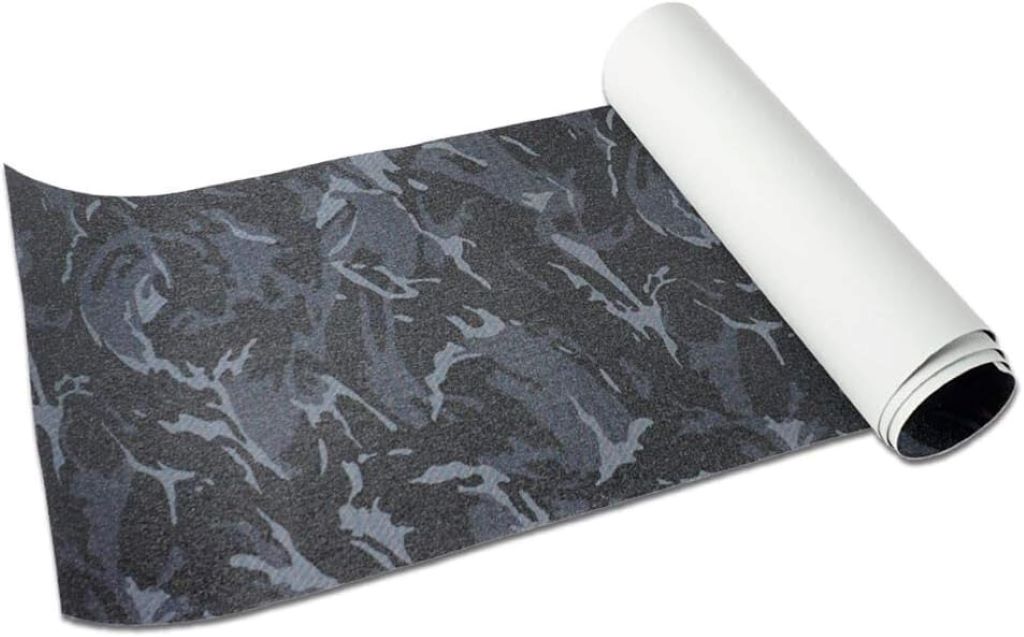Navigating the Anatomy of a Skateboard
For those uninitiated in the world of skateboarding, the board itself might seem like a simple piece of wood with wheels. But upon closer inspection, you’ll realize that a skateboard has a distinct anatomy, and understanding its parts is crucial for mastering this exhilarating sport. One common question that arises is: does a skateboard have a front and back?
The short answer is yes, but it’s not as straightforward as you might think. Unlike a bicycle or a car, a skateboard’s “front” and “back” aren’t fixed. Instead, they depend on the rider’s stance and the direction they’re moving. Let’s delve deeper into the nuances of skateboard anatomy to understand this better.
Deconstructing the Skateboard
A skateboard comprises several key components:
- Deck: This is the wooden platform that you stand on. It typically has a concave shape (curving upwards on the sides) to provide better grip and control.
- Trucks: These are the metal axles that connect the wheels to the deck. They allow the board to turn and pivot.
- Wheels: These are made of polyurethane and come in various sizes and hardnesses, affecting speed and grip.
- Bearings: These small metal rings fit inside the wheels and allow them to spin smoothly.
- Grip tape: This sandpaper-like material is applied to the top of the deck to provide traction for your feet.
Defining the Front and Back
While the skateboard itself doesn’t have a fixed front or back, your stance dictates which end is which.
- Regular stance: If your left foot is forward, you ride regular. In this case, the nose of the board (the end pointing in the direction you’re moving) is considered the front, while the tail is the back.
- Goofy stance: If your right foot is forward, you ride goofy. Here, the tail becomes the front, and the nose is the back.
Think of it like your feet when you walk. You have a leading foot and a trailing foot, but you can switch which foot leads depending on whether you’re walking forward or backward. Similarly, on a skateboard, your stance and direction determine the front and back.
Why is this distinction important?

Understanding the front and back of your skateboard is crucial for performing tricks and maneuvering effectively. Many tricks involve using either the nose or the tail to pop the board off the ground. For example:
- Ollie: This fundamental trick involves popping the tail off the ground and using your front foot to level the board in the air.
- Nollie: This is similar to an ollie, but you pop the nose instead of the tail.
Knowing which end is which allows you to execute these tricks correctly and safely.
Visual cues to identify the nose and tail
If you’re unsure which end is the nose and which is the tail, here are a few visual cues to look for:
- Shape: The nose is often slightly longer and steeper than the tail.
- Concave: The concave may be more pronounced at the nose.
- Graphics: Some decks have graphics that are designed to be viewed from a particular direction, indicating the nose.
You Might Enjoy: Longboard Skateboard Wheels: The Ultimate Guide
Beyond front and back: other directional terms
Besides front and back, skateboarders also use other directional terms to describe movements and tricks. These include:
- Fakie: Riding backward, with your non-dominant foot leading.
- Switch: Riding with your non-dominant foot forward (e.g., a regular rider riding goofy).
- Nosegrind: Grinding on the nose of the board.
- Tailslide: Sliding on the tail of the board.
Familiarizing yourself with these terms will help you understand skateboarding lingo and communicate effectively with other skaters.
People Also Loved: Is Snowboarding Like Skateboarding
Conclusion
While a skateboard might seem symmetrical at first glance, it has a dynamic front and back that depends on the rider’s stance and direction. Understanding this concept is crucial for mastering skateboarding techniques and performing tricks safely. So, next time you step on a board, remember that you’re not just riding a piece of wood with wheels; you’re navigating a complex and nuanced piece of equipment.




